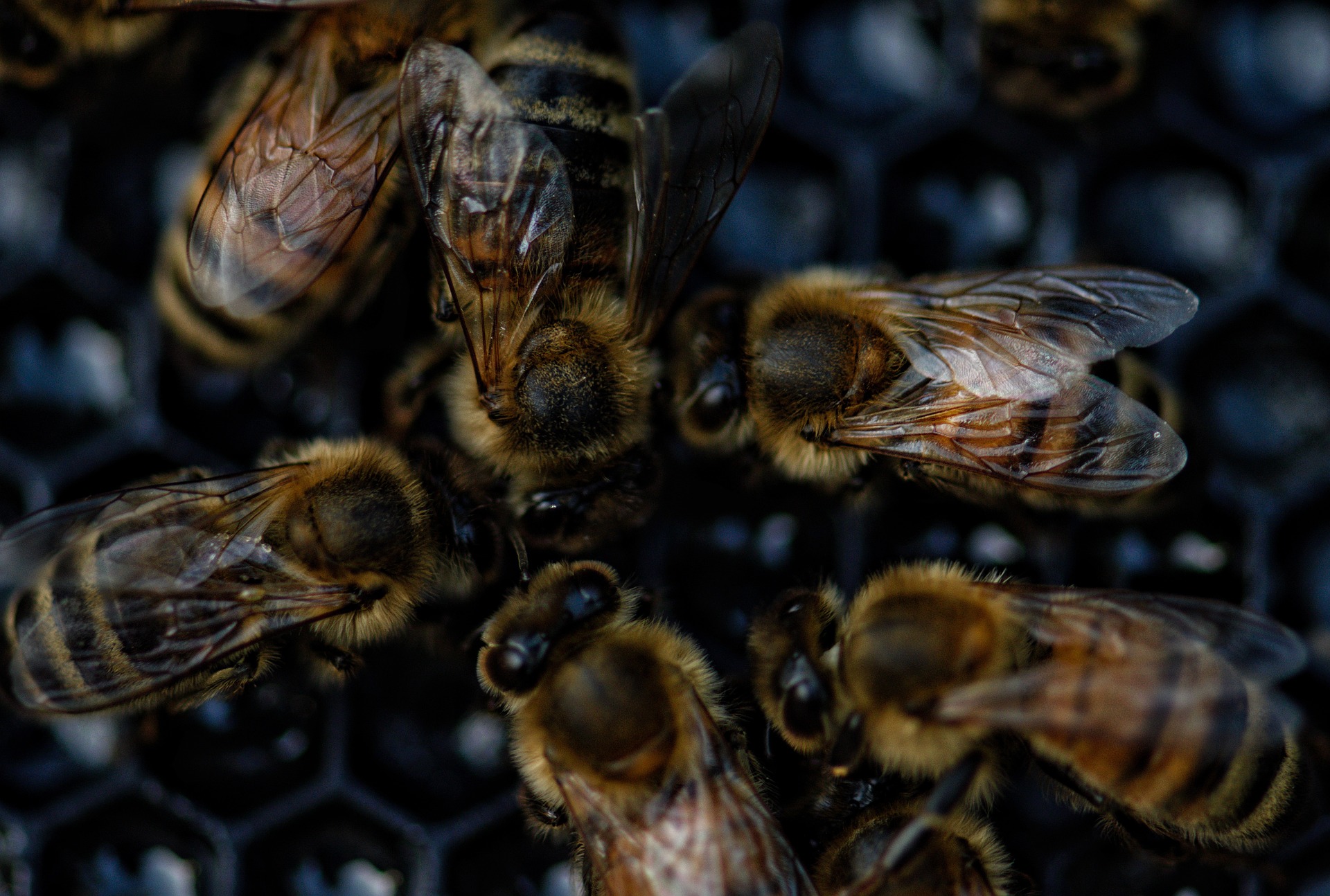"Decoding the Dance: The Fascinating World of Honeybee Communication"
From the buzzing hives to the blooming flowers, the world of honeybees is a story of complex communication and survival. These remarkable insects have developed an intricate language based on movement and scent, which they use to direct their hive-mates to food sources and warn them of dangers. This article explores this fascinating aspect of honeybee behavior, shedding light on their unique way of 'talking' and the crucial role it plays in their survival.

Understanding the Honeybee Language
Honeybees communicate through a series of movements known as the ‘waggle dance’. This precise sequence of patterns and turns is performed by a scout bee to share the location of a new food source with the rest of the hive. The dance’s direction, duration, and intensity provide specific information about the distance and direction of the food source.
The Waggle Dance: An Ingenious Navigational Tool
The waggle dance is a marvel of nature’s engineering. The scout bee performs a figure-eight dance, waggling its body in a specific direction relative to the sun. This indicates the direction of the food source. The length of the waggle indicates the distance. The longer the waggle, the farther away the food source is.
The Role of Pheromones in Honeybee Communication
In addition to the waggle dance, honeybees also use pheromones, or chemical signals, to communicate. These scent messages play a crucial role in various hive activities, including mating, defense, and swarm coordination. For instance, when a bee stings an intruder, it releases an alarm pheromone that signals other bees to attack.
Honeybee Communication: A Key to Colony Survival
The intricate communication methods of honeybees are vital for their survival. Through the waggle dance and pheromones, bees can efficiently locate food, ward off predators, and coordinate their hive activities. This complex communication system is a testament to the remarkable adaptability and resilience of these tiny creatures.
Latest Developments in Honeybee Communication Research
Current research is expanding our understanding of honeybee communication. Scientists are exploring how changes in environmental conditions, such as climate change and pesticide exposure, might affect bee communication and, subsequently, their survival. By studying honeybees, we not only learn about these fascinating insects but also gain insights into the health of our ecosystems.
In conclusion, honeybees offer a captivating glimpse into a world of complex communication and survival tactics. Their intricate ‘language’ of dances and pheromones is a testament to nature’s ingenuity and adaptability. As we continue to explore the world of honeybee communication, we deepen our appreciation of these remarkable insects and their crucial role in our ecosystems.






